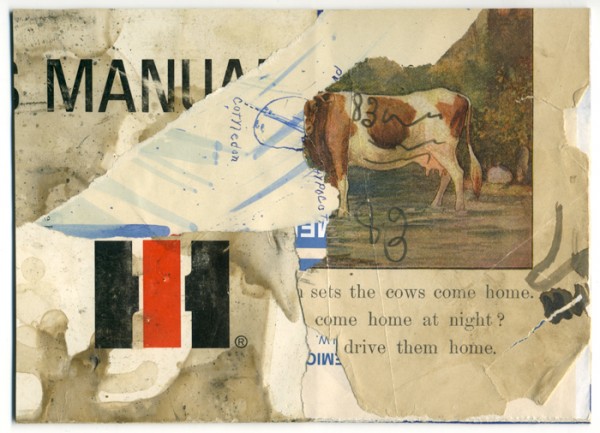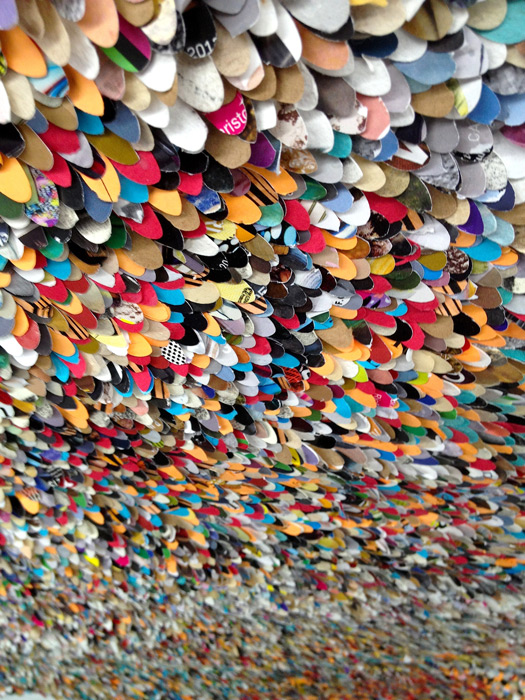
5 June-27 July 2013
Bernard Jacobson Gallery presents a comprehensive survey of collage work by American artist Robert Motherwell. This exhibition runs concurrently with “Robert Motherwell: The Early Collages” from the Peggy Guggenheim Collection, which is at the Venice Biennale.









